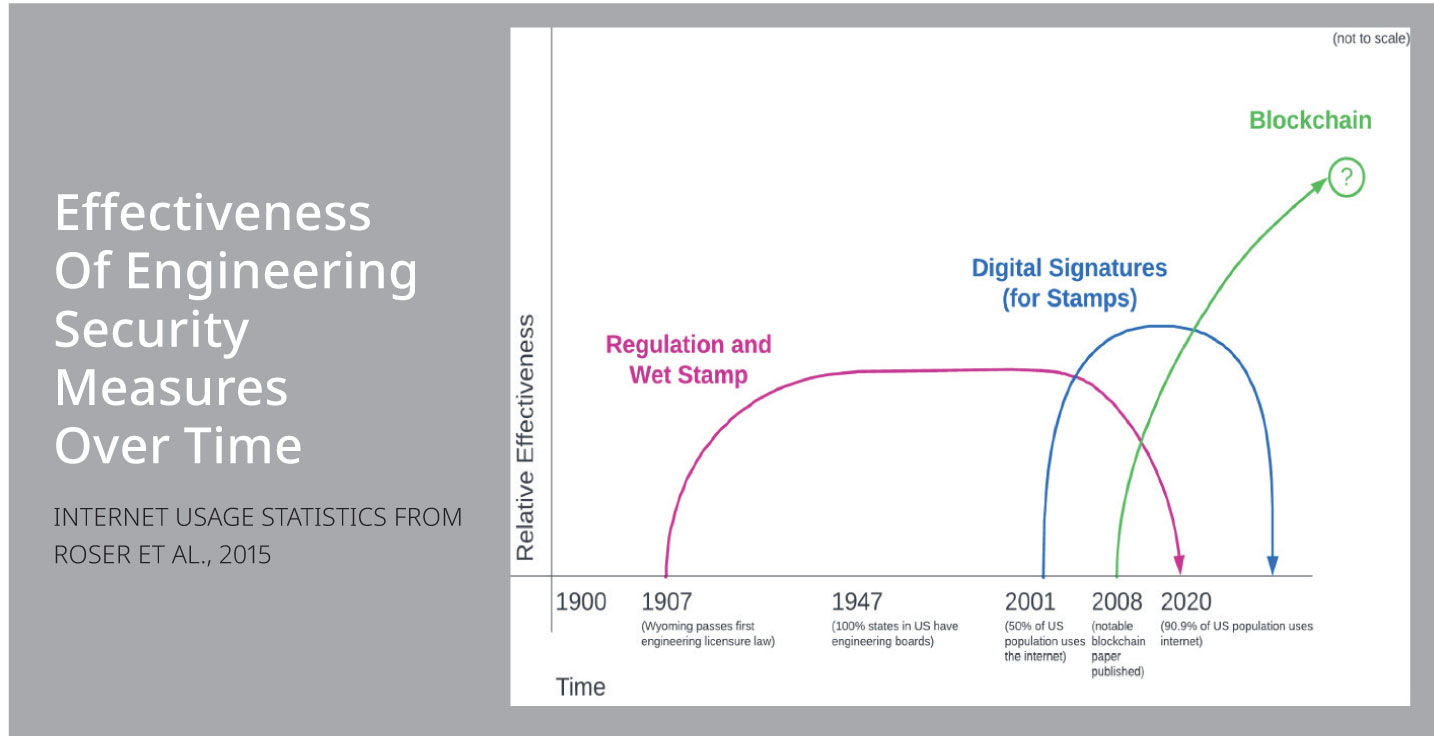January/February 2014
COMMUNITIES: CONSTRUCTION
Federal Report Calls for National Tornado Guidelines and Standards
Nationally accepted guidelines and standards for tornado-resistant buildings and infrastructure, public tornado sheltering strategies, and emergency communications are among the recommendations to come out of a study into the May 2011 tornado that struck Joplin, Missouri.
“The overarching conclusion of our two-year study is that death and destruction from tornadoes can be reduced,” says Eric Letvin, director of disaster and failure studies for the National Institute of Standards and Technology, which conducted the study. “Based on a significant body of research and observations from such events, our scientific understanding of tornadoes and their effects has matured substantially. It’s time to begin developing and implementing standards and codes that directly address tornado hazards.”
The study’s 16 recommendations are featured in a draft report issued for public comment in November. NIST will next issue a final report and then work with code development organizations to use the recommendations to improve model building codes and lay the foundation for nationally accepted standards. The institute also plans to encourage state and local governments to consider implementing the recommendations.
The report’s key recommendation, according to NIST, is the development and adoption of performance-based standards for the tornado-resistant design of buildings and infrastructure. These standards would require engineers and architects to design critical buildings and infrastructure, such as hospitals and emergency operations centers, so they could remain operational if hit by a tornado.
“Current US model building codes include requirements to protect from many different types of hazards, including hurricanes, earthquakes, and flood,” Letvin says. “They do not include requirements to protect against tornado hazards, which include extreme wind speeds and impact from windborne debris.”


 Volunteering at NSPE is a great opportunity to grow your professional network and connect with other leaders in the field.
Volunteering at NSPE is a great opportunity to grow your professional network and connect with other leaders in the field. The National Society of Professional Engineers (NSPE) encourages you to explore the resources to cast your vote on election day:
The National Society of Professional Engineers (NSPE) encourages you to explore the resources to cast your vote on election day:


